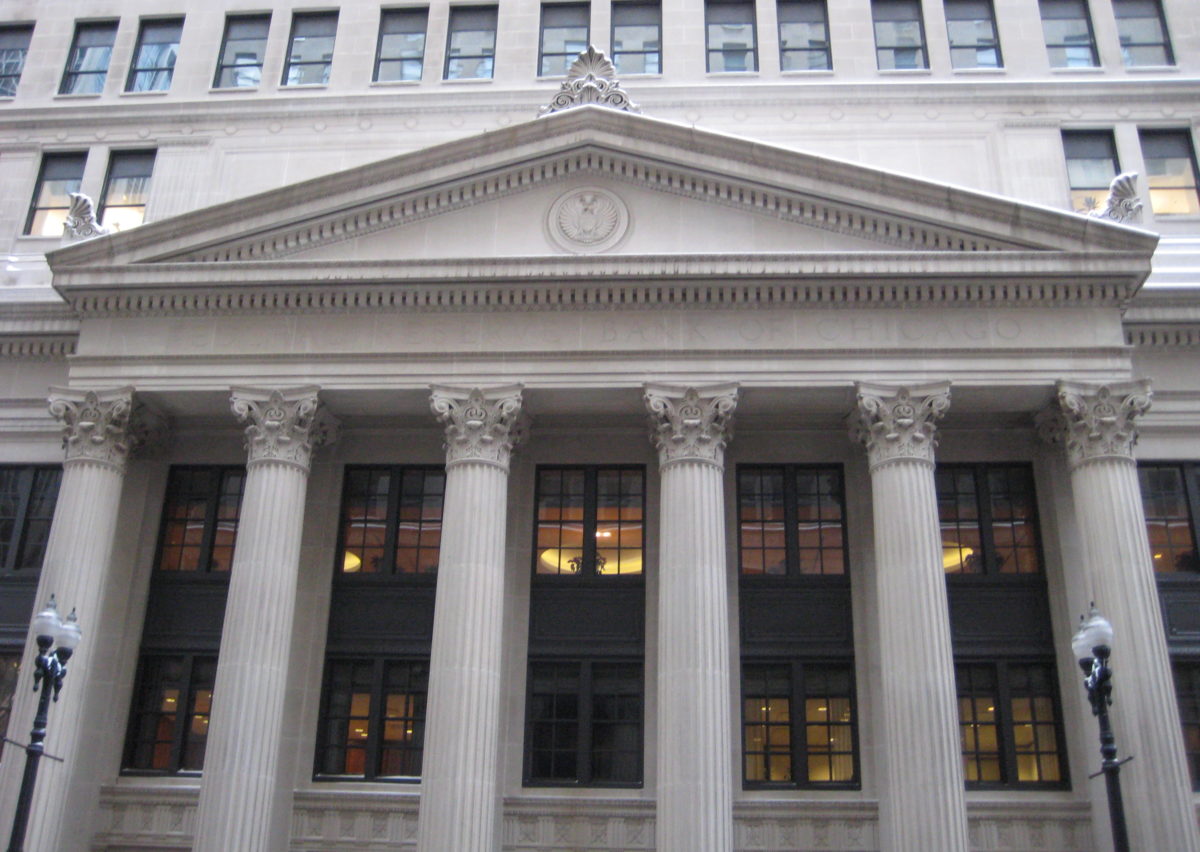In a recent speech, Fed chair Jerome Powell talked about “balance sheet normalization” in terms that strike me as essentially admitting that the Fed is a failure as a central bank.
Here’s the quote:
The crisis revealed that banks, especially the largest and most complex, faced much more liquidity risk than had previously been thought. Because of both new liquidity regulations and improved management, banks now hold much higher levels of high-quality liquid assets than before the crisis. Many banks choose to hold reserves as an important part of their strong liquidity positions.
Source: Federal Reserve Board – Monetary Policy: Normalization and the Road Ahead
Powell seems to be suggesting that banks have chosen to treat reserves in the same way a gold-standard bank treated specie: as cash on hand to meet demands from depositors who want their money back.
I call this a failure because a big part of the reason behind the creation of the Federal Reserve was that this system—where every bank held some gold—was clearly inadequate. Commentators at the time likened it to a fire protection district which, instead of having a fire engine, required every household to have one bucket of water on hand.
By having a large common stockpile of gold at the Federal Reserve, a loss of confidence in any one bank could be easily handled. Faced with a bank run, a solvent but illiquid bank would bring some assets (loans, bonds, bills, etc.) to the discount window and receive enough gold to handle redemption requests.
Powell is saying that banks seem to have decided that they can’t count on the Fed to discount their illiquid assets—a basic function of a central bank. Instead they’re choosing to stockpile large quantities of reserves exactly the way nervous banks stockpiled gold reserves in the pre-Fed days.
I’m sure this is based on the experience of the financial crisis, where many banks held a bare minimum of reserves and safe assets, choosing instead to invest the maximum amount in complex derivative instruments, which were highly profitable until they suddenly became worthless (or at least of dubious value).
But that just means that this is a double failure by the Fed:
- As a lender of last resort it can’t be counted on to provide reserves to a solvent but illiquid bank.
- As a regulator it can’t be counted on to require that the banks hold enough high-quality assets with sufficiently transparent valuations to be usable at the discount window.
By paying interest on these reserves, the Fed is enabling this behavior—solving the old problem that “gold in the vault pays no return.” But banks should be in the business of facilitating commerce in the economy, not the business of using their depositor’s money to score some free cash from the Fed.
I completely understand the Fed not wanting to again put itself in the position of having to decide what discount rate is the right one to apply to 3rd tranche mortgage-backed subprime paper. But a strategy of “just hold more reserves” is a pretty poor solution to the problem, for exactly the same reason that “just hold more gold” was a poor solution in the pre-Fed days.

